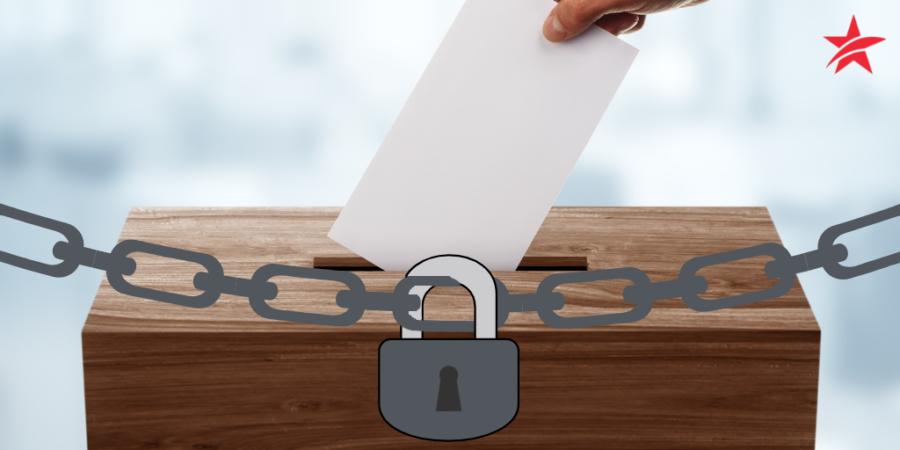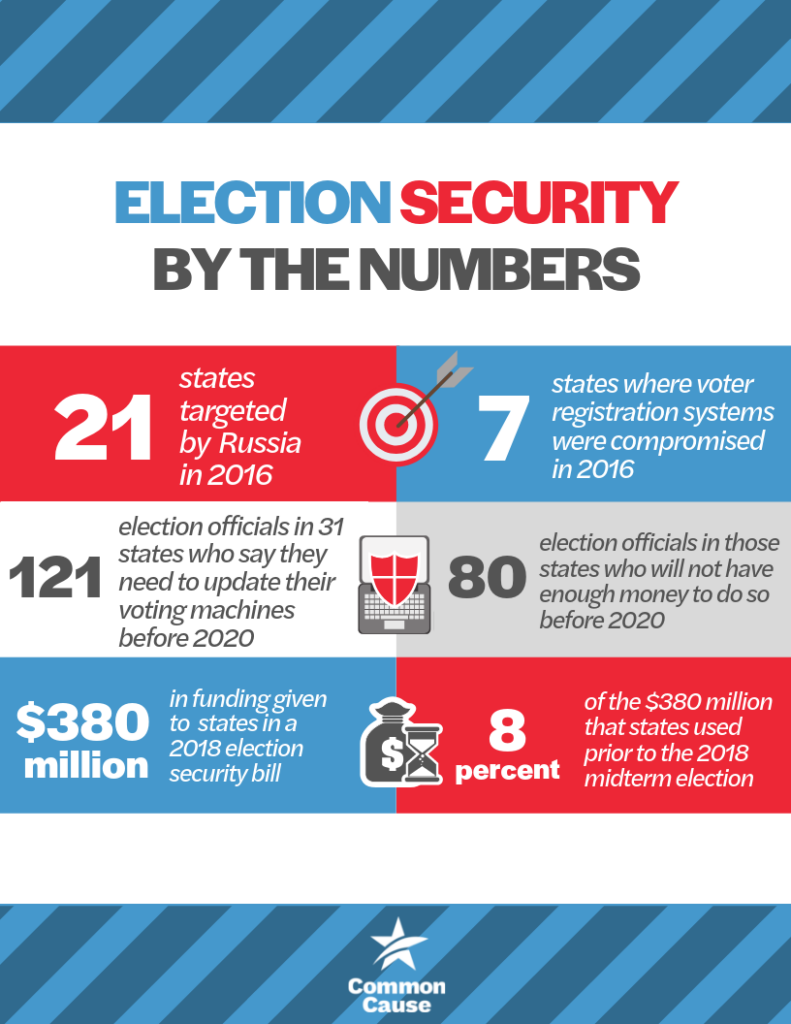Article de blog
Rendre les élections à nouveau plus sûres
Questions connexes

Peu de questions sont moins controversées que la sécurité nationale. Je doute que quiconque au Congrès soit en désaccord avec l'idée de protéger notre pays contre « tous les ennemis, étrangers et nationaux ». Après tout, c'est clairement énoncé dans la Constitution. serment réalisés par chacun d’entre eux (sans parler des membres des forces armées et même des citoyens américains naturalisés).
Mais apparemment, pour certains membres du Congrès, la sécurité électorale prime sur la sécurité nationale. Pourquoi ? Je ne saurais vous le dire. Mais au moment où vous lisez ces lignes, un financement fédéral de 14,6 milliards de livres sterling (1,4 milliard de livres sterling) destiné aux États pour améliorer leurs infrastructures électorales se trouve sur le bureau du sénateur Mitch McConnell. Ce financement, déjà approuvé par la Chambre des représentants, a été qualifié de « déficit ».non-démarreur" pour le leader républicain du Sénat devenu gardien.
14600 millions de livres sterling ne représentent pas une somme dérisoire ; il convient donc d'aborder ce projet de loi (qui n'a reçu qu'une seule voix républicaine à la Chambre) avec prudence. Mais si vous êtes partisan de l'avis des plus hauts responsables de la sécurité électorale du pays, la loi SAFE (Securing Federal Elections Act) est la mesure dont nous avons cruellement besoin à l'approche des élections de 2020.
Vous ne me croyez pas ? Voici un aperçu de la sécurité électorale américaine en chiffres :

Comme le rapporte le New York Times Kim Zetter a mis il : « l’ensemble du système [est] un mélange de Rube Goldberg de machines mal conçues. »
Les responsables du renseignement américain, les démocrates et les républicains de la Chambre des représentants, et même Robert Mueller, conviennent que La Russie est intervenue Lors de notre élection présidentielle de 2016. La différence réside dans ce qu'ils veulent tous faire à ce sujet. Si le Département de la Sécurité intérieure affirme qu'il n'y a eu aucune altération des systèmes de dépouillement des votes – même dans les États dont les systèmes ont été piratés par des Russes –, le problème est clair.
Et ce problème est bien plus profond que l’implication russe en 2016.
La sécurité des élections est devenue en quelque sorte une question partisane.
Plus que 90 pour cent des machines à voter sont fabriquées par trois entreprises bien connectées et impliquées politiquement.
Les $380 millions prévus en 2018 ont désormais été en grande partie dépensés, mais une fois répartis entre 50 États, ils principalement comptabilisés pour les mises à jour de logiciels et les formations du personnel, et non pour les correctifs complets dont les États ont besoin.
Aujourd'hui, la solution est claire, le financement est là et le projet de loi a été rédigé. Que fera donc la loi SAFE ? Elle exigera que tous les systèmes de vote produisent un bulletin de vote papier – une sécurité simple et fiable garantissant l'inviolabilité des votes. Elle fournira également des ressources aux États pour mener des audits importants, qui pourront confirmer l'exactitude et l'intégrité des élections.
La loi exige également des fournisseurs de machines à voter qu'ils respectent les directives de la Commission d'assistance électorale et signalent toute violation de leurs machines. Elle inclut même l'exigence simple mais évidente de déconnecter les machines à voter d'Internet, une autre solution simple pour se protéger des pirates informatiques.
La loi SAFE s'attaque au cœur du problème : l'heure n'est pas aux petites améliorations progressives. Il est temps d'entreprendre une réforme en profondeur. Il est temps d'agir, avant les élections de novembre prochain et avant qu'une nouvelle menace ne pèse sur l'élection présidentielle.
Alors, avec une solution aussi douloureusement évidente en perspective, il est temps de donner une priorité absolue à la sécurité des élections, au point qu'elle ne puisse plus être ignorée, même par le sénateur McConnell. Il est temps de protéger le caractère sacré de notre démocratie. Il est temps d'écouter nos experts qui réclament des changements. Il est temps de sécuriser nos élections.